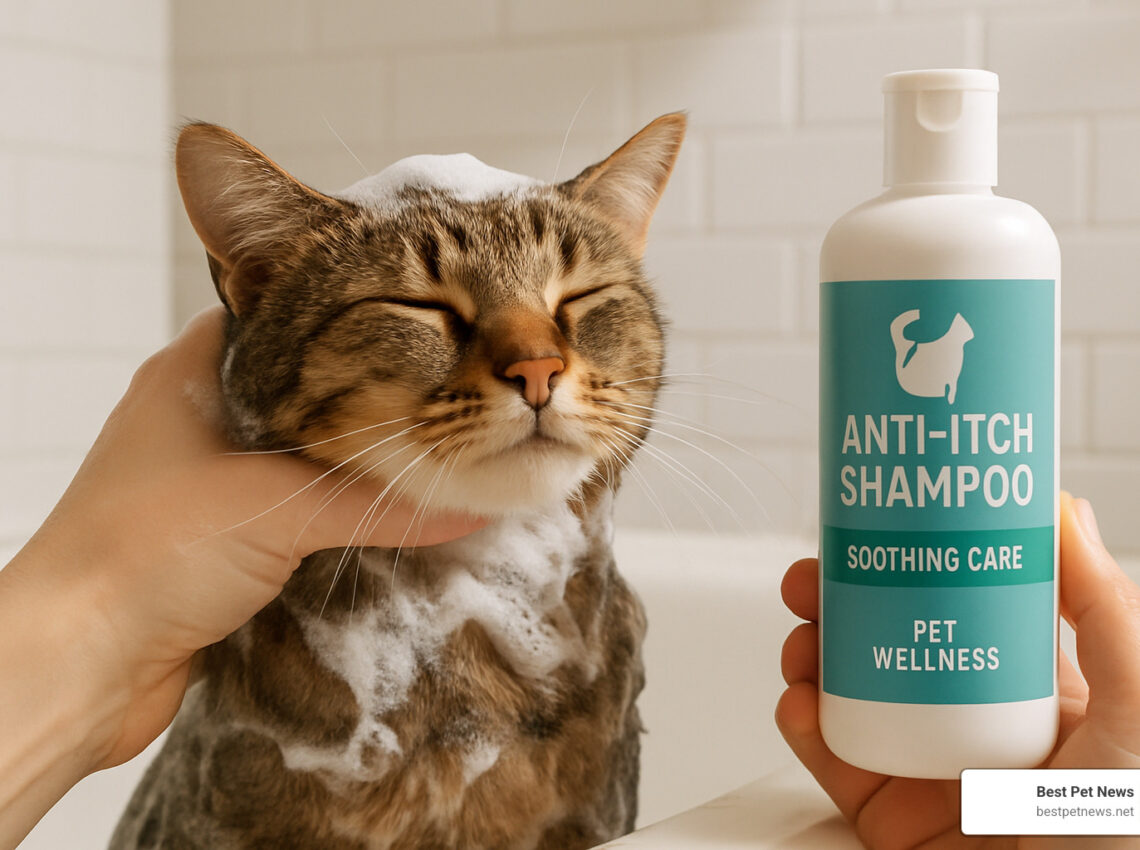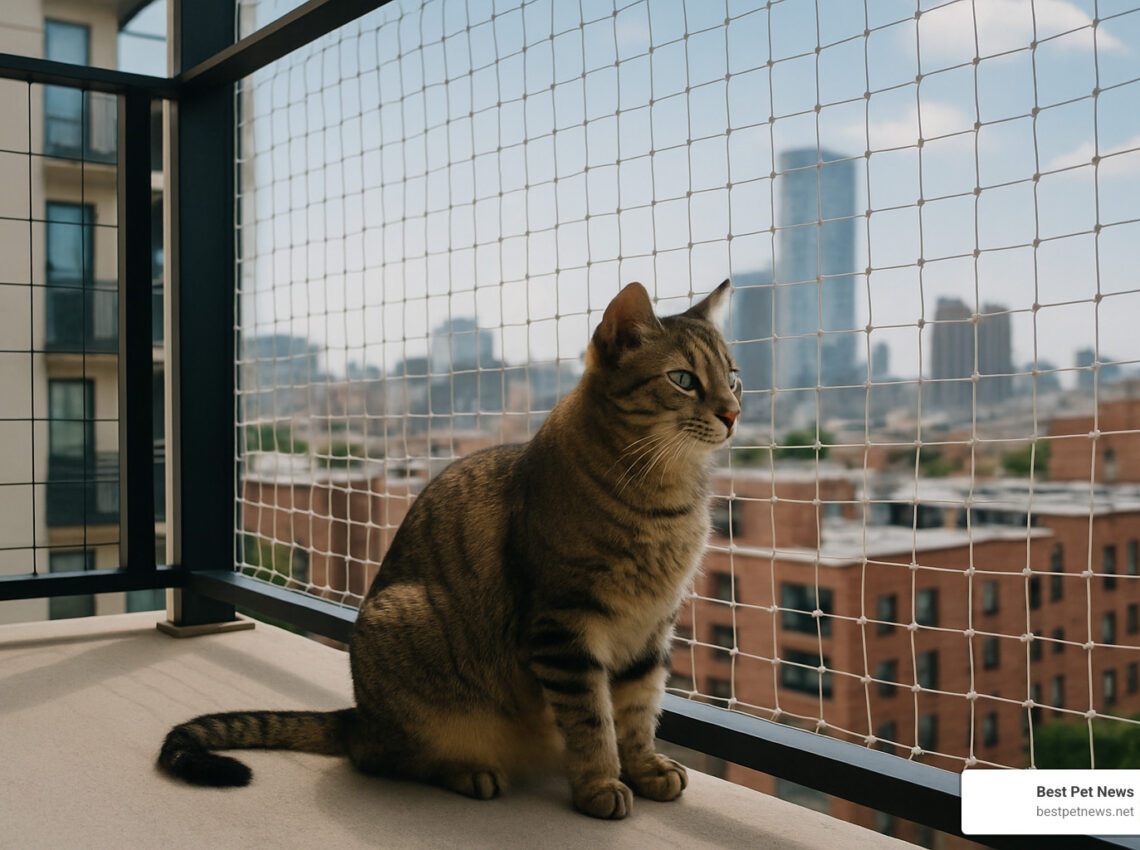Pawsitively Helpful Goldendoodle Puppy Tips for New Owners

Welcome to Goldendoodle Parenthood: Your First-Week Survival Guide
Bringing home a Goldendoodle puppy is equal parts heart-warming and head-spinning. These clever, people-loving dogs mix the Poodle’s brains with the Golden Retriever’s big smile—meaning they learn fast but need structure from day one. Use the quick-start checklist below, then dive into the detailed sections that follow.
Essential Goldendoodle puppy tips:
1. Stock up on supplies (crate, leash, toys, food).
2. Create a predictable schedule for meals, potty breaks and naps.
3. Start crate training the first day.
4. Socialize gently between 8–12 weeks.
5. Reward good behavior—skip punishment.
6. Brush several times a week to dodge mats.
7. Book vet visits for vaccines and health checks.
8. Provide 20–30 minutes of daily exercise.
Fun fact: 92 % of owners in an American Kennel Club survey rated Goldendoodles “highly trainable.” Put in the effort early and you’ll enjoy an adaptable, devoted companion for the next 10–15 years.

Tip 1: Decide If a Goldendoodle Fits Your Family & Lifestyle
Those teddy-bear eyes are persuasive, but first make sure this breed meshes with your day-to-day life. Goldendoodles range from 15-lb minis to 90-lb standards. All require daily exercise (20–30 min for minis, closer to an hour for large adults) plus mental workouts so boredom doesn’t turn into mischief.
Contrary to rumor, Goldendoodles are not 100 % hypoallergenic. Allergens hide in dander and saliva, not just hair. Expect low shedding—especially in curlier F1B coats—but some allergy sufferers may still react.
Apartment dwellers generally choose minis; active families with fenced yards lean toward standards. Either way, these social dogs dislike long hours alone, and their coats demand regular brushing and pro grooming.
| Type | Height | Weight | Ideal Home |
|---|---|---|---|
| Mini | 13–20″ | 15–35 lb | Apartment/condo with daily walks |
| Standard | 20–24″ | 50–90 lb | House & yard, active owners |
Adopt if possible, or pick a breeder who screens hips, eyes and hearts. Remember: you’re committing to a decade or more of vet visits, grooming costs and daily interaction.
Tip 2: Gather Essential Supplies Before Gotcha Day
Running to the pet store after the puppy arrives is stressful. Assemble the basics now so you can focus on bonding later.
Must-haves:
1. Crate with divider (30″ for minis, 36″+ for standards)
2. Exercise pen or baby gates
3. Stainless bowls
4. 6-ft leash + 15-ft indoor training leash
5. ID tag & microchip registration
6. High-quality puppy food (follow vet or breeder advice)
7. Comfort item with litter scent or a heartbeat toy
8. Slicker brush, steel comb & gentle shampoo
9. Enzyme cleaner for accidents
10. Variety of chew toys
11. Basic first-aid kit & vet phone number
Having this kit ready signals to your new family member that their new den is safe, stocked and waiting.

Tip 3: Nail the First Night & First Week Routine
Puppies thrive on pattern. Aim for this simple daily flow:
• Wake → potty → breakfast
• Play/train 10 min
• Nap in crate
• Repeat all day in 2–3 hour cycles
• Supper four hours before bedtime
• Final potty trip, lights out
Keep the crate in your bedroom for the first week—your presence calms night-time jitters. If whining starts within minutes of crating and you just potty-walked, ignore it. If several hours have passed, take a silent, no-frills potty trip, then straight back to bed.
Tip 4: Crate & Potty Training Basics
Right-sized crates (stand-turn-stretch, no extra) tap into a dog’s den instinct and speed up house-training. Feed meals inside and toss in crate-only toys so it feels like a bedroom, not punishment.
Potty plan: outside every hour when awake, plus after eating, playing and napping. Use the same door and spot; quietly say your cue (“go potty”). Praise immediately after success. Enzyme cleaner erases indoor scents so your puppy isn’t invited to repeat.
Never scold for a mess you didn’t catch live—your pup won’t link the dots.
Tip 5: Feed for Growth—Nutrition, Schedules & Treats
Choose an AAFCO-approved puppy formula: large-breed for standards, small-breed for minis. Shoot for ~28 % protein and balanced minerals. Feed three meals until 14–18 weeks, then two.
Treats power training but should stay under 10 % of calories. Keep them pea-sized: commercial soft training bites for most drills, carrot bits for crunch, or tiny cheese cubes for high-distraction moments.
Control water two hours before bedtime to cut midnight potty runs.
Tip 6: Socialization & Positive Obedience
The 8–12 week window shapes adult confidence. Safely expose your puppy to new sights, sounds, surfaces and friendly, vaccinated dogs. A vetted puppy kindergarten class is ideal.
Goldendoodles adore clicker training. Start with sit, stay, come in 5-minute bursts. Mark the instant they succeed, then reward with praise, play or a tiny treat. End sessions on a win so your pup begs for more learning.
Tip 7: Tame Teething, Chewing & Nipping
Teething hits from 3 to ~7 months. Offer frozen wet washcloths and sturdy rubber toys, swapping them out daily to keep interest high.
If teeth land on skin, yelp “ouch,” freeze for two seconds, then hand an approved chew. Consistency teaches bite inhibition quickly. Overtired puppies nip more—schedule naps!
Tip 8: Exercise & Enrichment
Aim for 20–30 minutes of age-appropriate exercise plus brain games each day. Indoor fetch, short sniff-walks and food puzzles burn energy without stressing young joints. Wait until at least 8 months for jogging; joints need time to solidify.
Rainy-day savers: snuffle mats, hide-and-seek, the three-cup game. Mental work tires a doodle as fast as a long walk.

Tip 9: Grooming, Health Care & Vet Visits
Brush every other day with a slicker; comb trouble spots (ears, armpits). Weekly ear checks and daily 30-second tooth-brushing prevent common issues.
Typical vax schedule: 8, 12 and 16 weeks plus Rabies. Discuss hip screening after age two. Regular checkups build a positive vet relationship.
| Coat | Home Brushing | Pro Groom |
|---|---|---|
| Straight | 2–3× wk | 8–12 wk |
| Wavy | 3–4× wk | 6–8 wk |
| Curly | 4–7× wk | 4–6 wk |
Tip 10: Common Mistakes & When to Call the Pros
Avoid mixed messages—set household rules on day one. Don’t overfeed or under-exercise; bored doodles chew and dig. Socialize early, train early, and budget for pro grooming every 6–8 weeks.
Seek a certified trainer or veterinary behaviorist if you notice: resource guarding, persistent anxiety, leash aggression or serious separation distress. Early help prevents bad habits from hard-wiring.
Frequently Asked Questions
When should training start?
Immediately! Puppies can learn “sit” at 7–8 weeks. Controlled socialization is safe before shots finish—just skip dog parks.
How long does potty training take?
Most Goldendoodles are reliable by 4–6 months with strict schedules and supervision. Expect one hour of bladder control per month of age.
Are Goldendoodles hypoallergenic?
No dog is 100 % allergen-free, but curlier F1B Goldendoodles shed less. Spend time with the pup before adopting and keep up on grooming to lower dander.
Conclusion
With the right preparation and consistency, these goldendoodle puppy tips will turn the chaos of puppyhood into a smooth start for a lifetime of cuddles, hikes and happy zoomies. Invest the time now, enjoy the rewards for years—and keep following Best Pet News for ongoing guidance as your fluffy sidekick grows.


